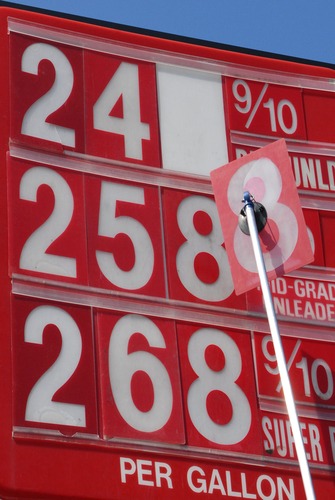
The national average for gasoline is $2.35, representing a 23-cent increase from August 2016, according to the Energy Information Administration.
The increase is also 9 cents higher than July and 3 cents higher than last week.
Demand increased to 9.8 million barrels per day. The four-week average for demand is 1 percent higher than 2016. If this demand continues, gas prices are expected to increase.
While inventory was lower in most parts of the country, it increased in New England and the mid-Atlantic states.
As demand rises, inventory is expected to fall. Crude-oil storage is approximately 70 million barrels.
Nationally, the most expensive markets are Hawaii, Alaska, and the West Coast states. The least expensive markets were all in the south and southeast.
A few states in the Great Lakes region saw a decrease.
Last week, domestic crude-oil output increased to 9.43 million barrels per day. The number of active rigs was 765, one less than usual.
West Texas Intermediate’s price per barrel increased 55 cents last week and is expected to reach more than $50 a barrel.
Recently, members of the Organization of Petroleum Exporting Countries (OPEC) along with non-OPEC nations met to discuss a production reduction agreement through April 2018.